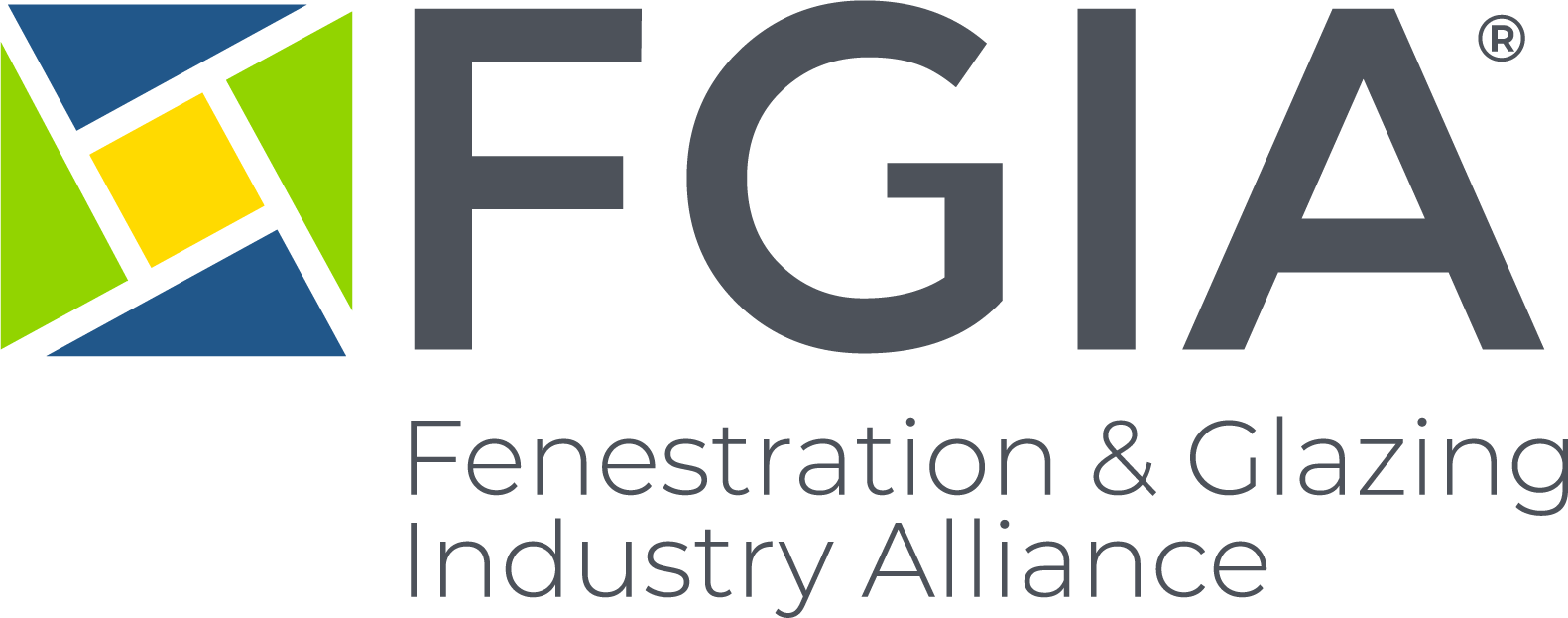- Blog
- Member Edge
- Learn About the IWUIC’s Efforts to Prevent Wildfires Before Fire Prevention Week October 9-15
September 9, 2022
Learn About the IWUIC’s Efforts to Prevent Wildfires Before Fire Prevention Week October 9-15

What comes to mind when you think of where wildfires may strike? Think they are limited to only Western regions of the United States or rural areas? Think again. Wildfires can and increasingly do occur virtually anywhere. And contrary to what some may believe, wildfires can spread far beyond rural areas. They can also devastate urban communities, too. That’s why there’s increasing interest in the International Code Council’s (ICC) International Wildland-Urban Interface Code (IWUIC) and state or local Wildland-Urban Interface Codes. Educate yourself and your teams about these safety-focused efforts prior to Fire Prevention Week, recognized October 9-15 this year – its 100th year of being acknowledged!
The Wildland-Urban Interface describes the zone of transition between unoccupied land and human development. It’s the line, area, or zone where structures and other human development, like homes, buildings, etc., meet or intermingle with undeveloped wildland areas or vegetative fuels. What are vegetative fuels? Natural materials like grass, shrubs, trees, twigs, leaves, pinecones, cactus, brush, moss, or things that can ignite and cause wildfires to further spread are considered as vegetative fuels.
As wildfires spread and risk lives, there’s growing appreciation for the role that building codes, like the IWUIC, can play to help save lives and to protect property and land to reduce the risk of wildfires. Wildland-Urban Interface Codes can support community resilience. In fact, as of early 2022, some 94 U.S. counties and 850 jurisdictions in 24 states across the United States have adopted the IWUIC. The International Code Council Wildland-Urban Interface 2021 code is the latest IWUICC version.
Surprised that nearly half of the states across the U.S. have adopted the IWUIC in some form? Don’t be. Since 1983, the National Interagency Fire Center documented an average of 70,000 wildfires per year in America. The extent of area burned by wildfires also appears to have increased each year since the 1980s. Many of those wildfires occur in the Western United States but are not limited to the region.
The IWUIC establishes regulations to help safeguard life and property from wildland fire intrusion, to help prevent structure fires from spreading to wildland fuels. Compatible with all of ICC’s International Codes, the IWUIC has been based on data collected from tests and fire incidents, technical reports and mitigation strategies from around the world.
The IWUIC also regulates defensible space — the buffer created between homes or buildings and the natural material like grass, trees, shrubs or any wildland surrounding the structure. The buffer helps stop or stop the spread of wildfire, by reducing the risk of fire from embers, direct flame contact or from radiant heat.
FGIA has long recognized the important role that building codes, including the IWUIC, play in protecting lives, homes, commercial structures and communities. FGIA members have been dedicated to building and energy code advocacy for decades, throughout the United States and Canada. FGIA members have also dedicated themselves to a Western Region-focused Wildland Interface Task Group. The focus of the FGIA Wildland Interface Task Group is to monitor and influence codes, standards, certification procedures and/or potential requirements, especially those relating to testing of window and/or door resistance to wildfires.
Additionally, FGIA is dedicated to helping promote fire safety, since doors are typically the primary exit from a home or a building in the event of fire, with windows often serving as the secondary exit. For more about this topic, visit FGIAonline.org/windowsafety.
Read more from Blog, Member Edge
Tags: fire prevention week, WIUC, FGIA Wildland Interface Task Group
Submit a Comment






Submit a Comment